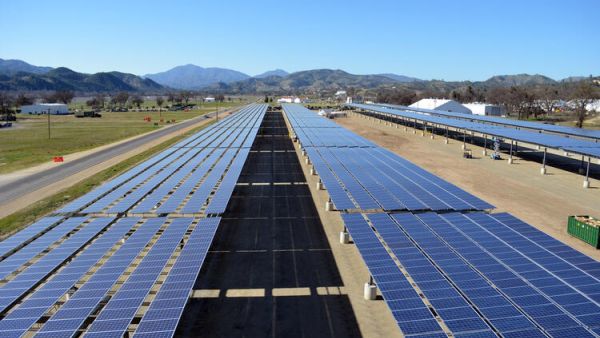The United States Army has released its first climate strategy, pledging to cut the Army’s greenhouse gas pollution in half by 2030 and achieve net-zero greenhouse gas emissions by 2050.
The #USArmy is prioritizing climate change considerations in its threat picture, strategic plans, operations and installations.
— U.S. Army (@USArmy) May 16, 2021
Learn more in this STAND-TO!➡️ https://t.co/sudYNemUQT pic.twitter.com/sFmf74HQOf
The announcement follows statements from the U.S. Secretary of Defense in April 2021 that climate change posed as an existential threat to the world, and an October 2021 statement from the Pentagon that climate change was a national security risk.
The Army said it would immediately start working towards their announced goal by relying more on electricity and less on fossil fuels for its infrastructure and vehicles.
Specifically, the Army statement noted that it would be investing heavily in solar power at bases it referred to as installations.
“The Army and its partners will invest across all its installations in onsite, backup renewable generation; large-scale battery storage; microgrids; and utility systems updated to current industry standards. The Army will install a microgrid in every installation by 2035,” the statement noted.
This recent trend of taking definitive action to address climate change instead of just discussing it is new for the United States’ armed forces, but it is one that U.S. officials are now agreeing on as being a necessity.
Secretary of the Army Christine E. Wormuth wrote in the climate strategy that, “For today’s Soldiers operating in extreme temperature environments, fighting wildfires, and supporting hurricane recovery, climate change isn’t a distant future, it is a reality.”







